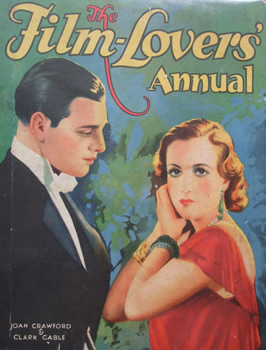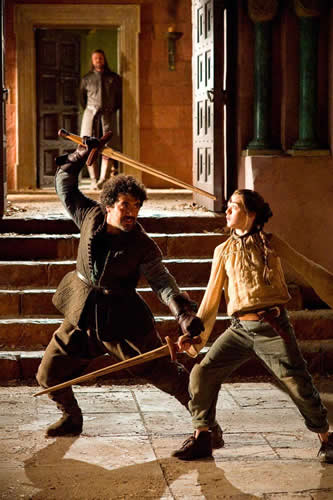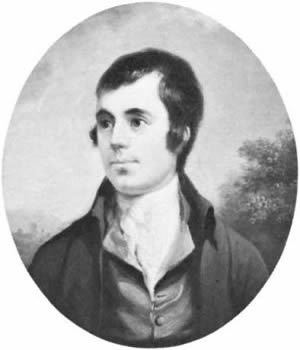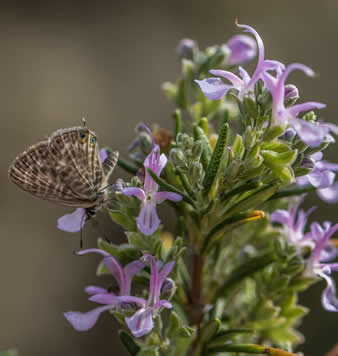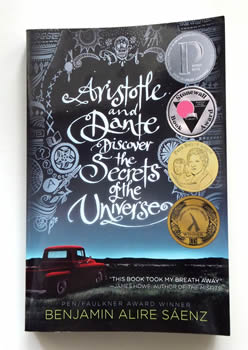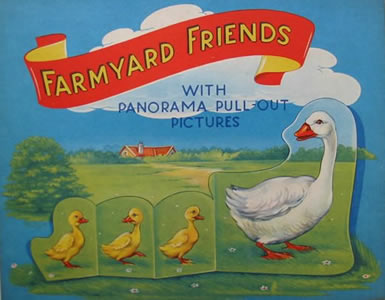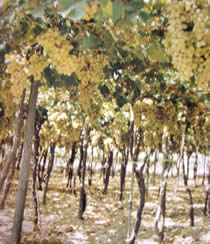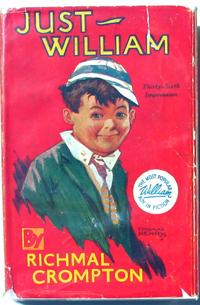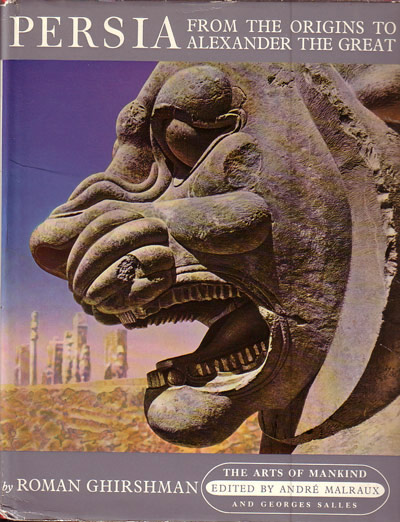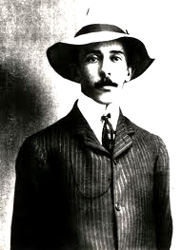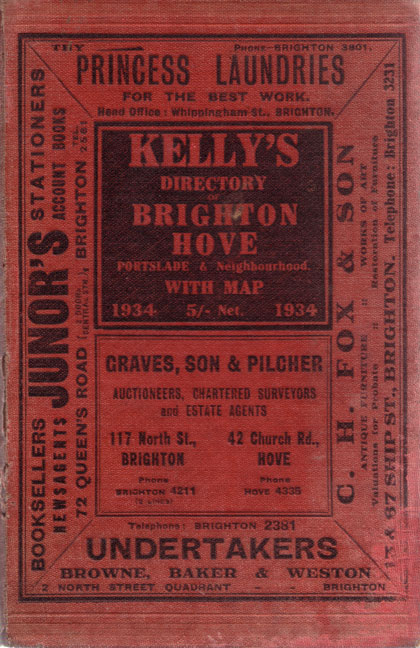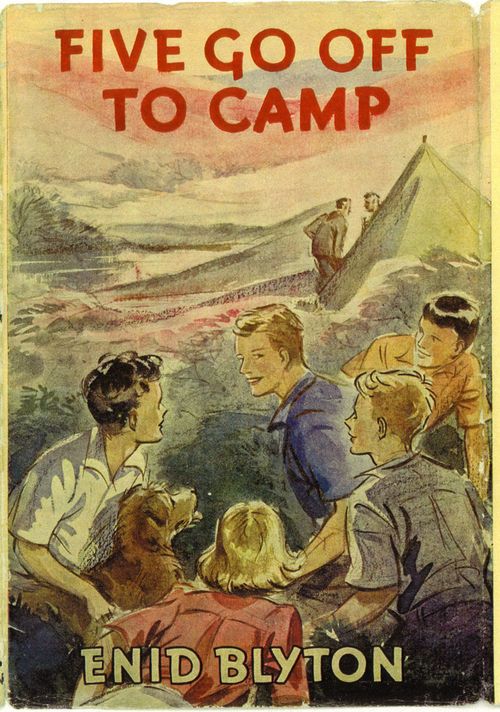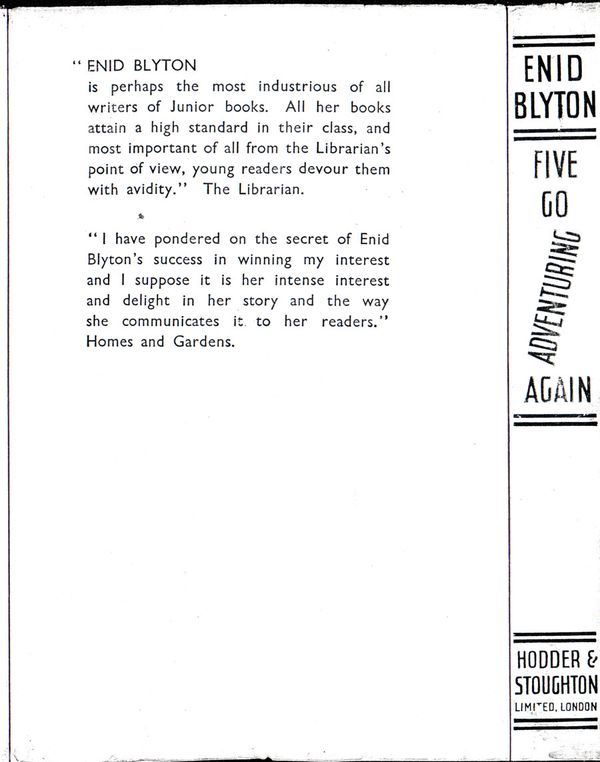New Uses for Old Passions
View current stock of books about Collecting
I am, as my better half will confirm, a lost cause when it comes to collecting. If I acquire two of anything, by whatever means, it can become the start of a new passion.
I am a completer, for example in music, if I like one piece of music by an artist, I am liable to buy everything they have ever recorded, like it or not, I really must get out more I think.
Anyway when it comes to books my collecting began many years ago as an offshoot of a love of films. It started with studio collections, there were a series of books on the likes of Metro Goldwyn Mayer, Columbia Pictures, United Artists et al, containing a full list of the films made by the studio with details of stars, directors, awards etc.


